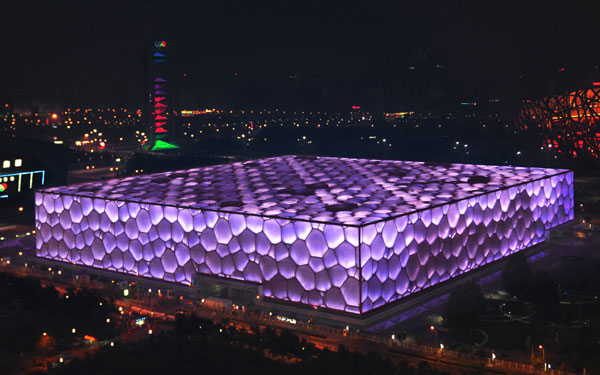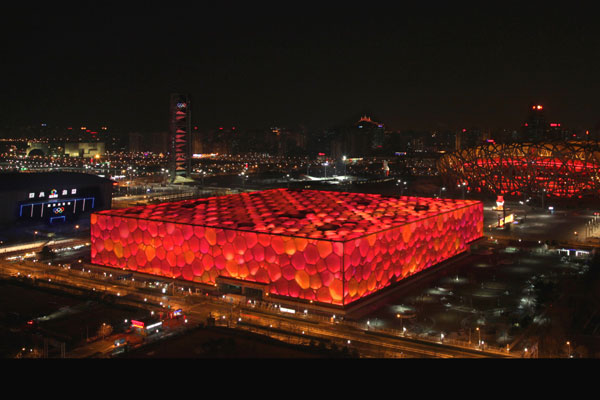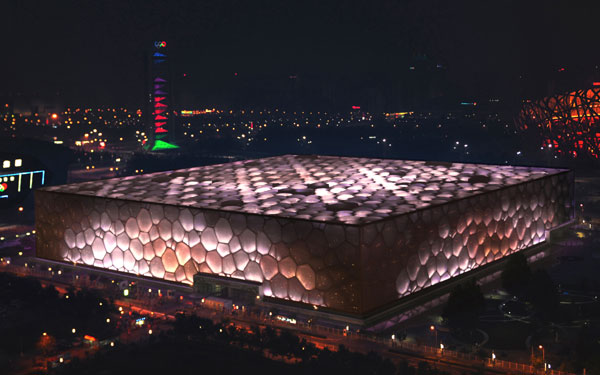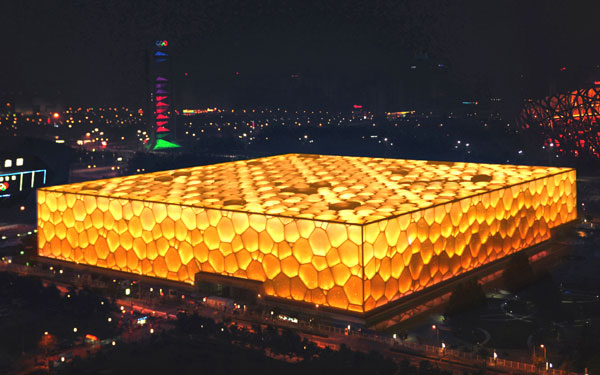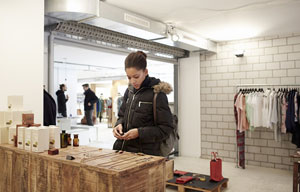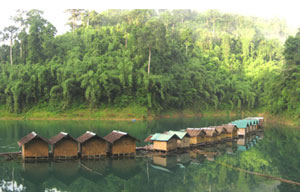In the mood
|
|
|
|
|
|
|
|
|
From top: Four new nighttime expressions of the Water Cube. [Photos provided to China Daily] |
Like many Chinese, Ma says she first knew of I Ching as a guidebook for how to live daily life using 64 hexagrams, which dictate everything from when you should get a haircut to the best day to move into a new house or break ground on a construction project.
Ma did not take I Ching too seriously. Like many people she put it in the same category as feng shui, believing it is silly superstition. But after conducting deeper research, she realized there was much more to I Ching.
"For centuries, the Chinese have consulted I Ching both as an oracle and as a means of self-understanding and understanding the universe," Ma says. "It has its own system of everything, such as nature, color and directions. I thought: 'Why not use I Ching for the Water Cube project?'"
Using light to express an abstract philosophy was a fascinating challenge for Ma. She has consulted I Ching teachers and read books to understand the traditional Chinese philosophy.
The first thing she did was sort different colors to express varied expressions based on I Ching teachings. She then worked with experts from the United States on changing the system into a RGB color code, in which red, green and blue lights are blended in various ways to reproduce a broad array of colors.
With the help of "emotion experts", the team collects the daily flow of the emotions of society, based on netizens' chatter on micro-blogging website Sina Weibo.
According to Ma, her team collects emotion data every day until 2 pm. After three to four hours of analyses and consultations with the I Ching color code, the computer program conveys the changing emotions of Beijing via lights on the Water Cube at night.
"The most exciting part of the artwork is that it will serve as an abstract aesthetic expression of China's ancient wisdom as expressed through collaboration of art and technology. Injecting netizens' emotional data into the work allows the individual to become a part of the artwork and effect change to this landmark structure," Ma says.
Zheng Jianwei, the chief designer for the lighting of the Olympic Green and the lighting consultant for the Bird's Nest stadium, worked with Ma on the Water Cube project. He was the first Chinese designer to win the world's most prestigious outdoor lighting design award, the Paul Waterbury Award of Excellence, in 2009 for his work at the 2008 Beijing Olympic Games.
"Lighting is not just for entertainment or for beautiful visual enjoyment. It reflects the emotions of people so the lighting could be beautiful or ugly. The installation is just like a thermometer of the city," he says.
For Ma, who is about to celebrate her 40th birthday, the Water Cube project is significant for her as an artist.
Since moving to New York in 1986, she has been experimenting with various media - installation, video, drawing, fashion design, performance and public art. As the main liaison between the international broadcast teams, she won an Emmy for the US broadcast of the Beijing Olympics Opening Ceremony.
"In the past, I kept myself busy to prove I am successful. I traveled every week to work and my suitcase was never unpacked. I was self-centered and aggressive about my work," she says.
"But now, with the Water Cube project, I learned to balance myself, and I think that it's the first time for me to give back to the public as an artist."




